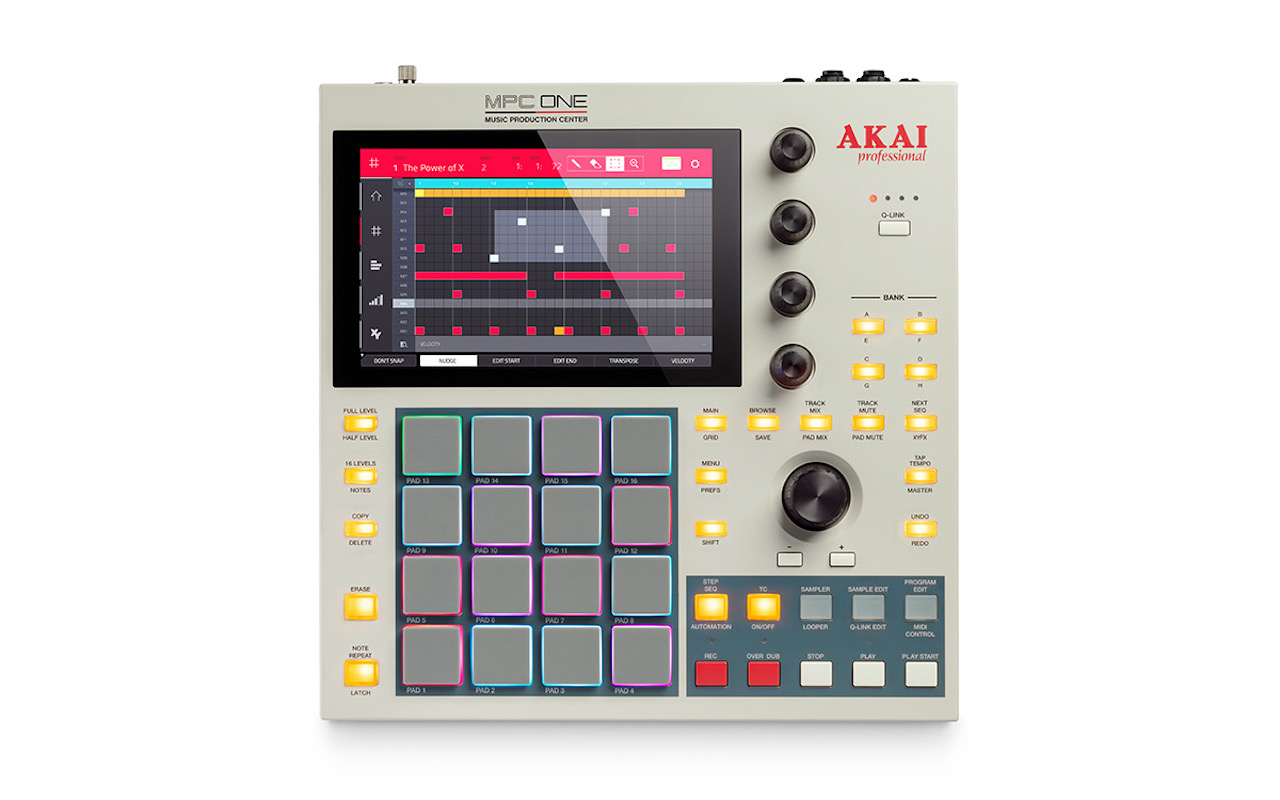

002.01.00 represents the current position in the sequence (start of bar 2).So for example, the above information could be represented in your MPC as follows: This information is what your MPC will store in its sequencer, but in a more structured, numerical format.

“At the start of Bar 2, play a low C note for exactly one bar, at a velocity of 50” So, an example of sequencer information in plain English would be something like this: But the idea is the same, although the data looks very slightly different. ĭRUM tracks also store sequencer events, however these sequencer instructions are not used to trigger sounds from external sources, they are used to trigger sounds from your MPCs own DRUM programs.
#MARTIN MPC WITH ABLETON SOFTWARE#
MIDI tracks are used to send out these MIDI instructions to external MIDI sound devices such as sound modules, other samplers, keyboard synths, and probably most commonly these days, a VST software instrument within a computer host. In a typical MPC, sequencer events are either recorded on ‘MIDI’ tracks or ‘DRUM’ tracks. Once you’ve recorded your sequence, you can then play back these instructions to the MIDI instrument and the instrument itself will play back the audio based on the instructions you send it. With a sequencer, you do not record the actual sounds from the performing instrument, you simply record note data ‘instructions’, which can consist of pitch, volume, length etc as well as the timing of that note in relation to other notes. What is a sequencer? It’s a device for recording data about musical events, rather than recording the actual audio itself. However, at the heart of every MPC is a powerful, intuitive sequencer. But in reality sampling is perhaps the weakest individual aspect of the MPC, because only the MPC4000 has a fully-fledged sampling engine and OS (thanks to it containing all the sampling features of a Z-series sampler). Many people know that the MPC is a sampler capable of recording audio from a variety of sources. In this article I’ll also be looking at the hardware configuration side of the most common two MIDI set ups, that of using the MPC to control a sound module, and of syncing the MPC to a computer DAW. Fuse this with deep internal MIDI routing capability across tracks, comprehensive MIDI routing to any MIDI compatible synthesizer, drum machine or sound module, and even multitrack recording capability, and MPC forms the beating heart of any production setup, unleashing the true power of all your gear.Initially, the concept of MIDI can be confusing, but hopefully in this tutorial you will realise that MIDI is pretty simple and has many uses. Now you can simultaneously connect and route all the MIDI gear in your studio including class compliant USB Keyboards, MIDI interfaces and USB to CV modules, supercharging your I/O capability. In addition to DrumSynth, MPC features MIDI Multi capability - transforming MPC into the ultimate MIDI sequencing studio centerpiece. Enjoy the power to sculpt and shape unique synthesized drum sounds to build the drum library of your dreams and develop advanced rhythmic textures to lift your music production into an entirely new level of creativity. MPC Software now includes DrumSynth, the new synthesizer drum plugin for futuristic drum sound design. MPC has graduated from a highly acclaimed performance instrument to a fully featured DAW. MPC 2 supports all 3rd Party Midi controllers with templates for all popular models. MPC 2 is designed to be the ultimate platform for unrestricted creative versatility alongside must-have tools that deliver unprecedented surgical control.


 0 kommentar(er)
0 kommentar(er)
